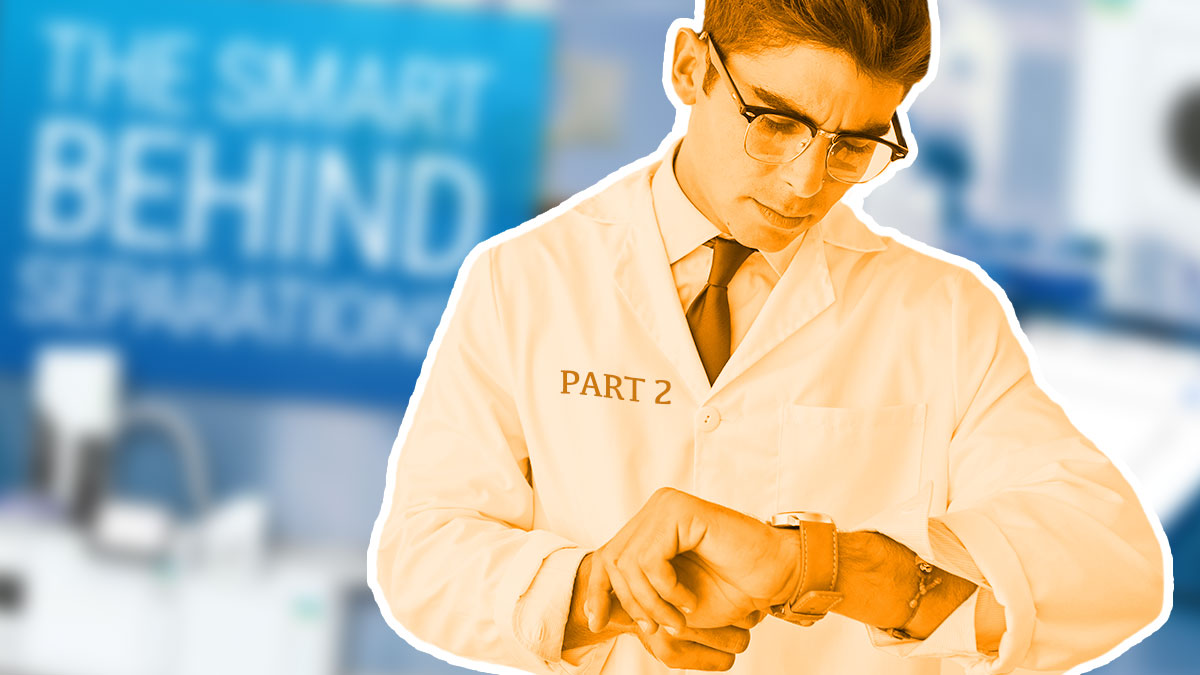18 August 2023 | Friday | Reports

Source : PerkinElmer
This post continues the discussion of optimization opportunities for GC labs, focusing on headspace sampling for the efficient and automated analysis of volatile compounds.
Upstream sample preparation is still the most time-consuming and error-prone step of the GC workflow. Because GC sample types are so diverse, it’s challenging to define standard sample preparation processes.
Regulation requirements and best practices have facilitated the development of sample preparation devices, improved to reduce time-consuming manual tasks, and increase lab productivity.
For example, headspace sampling systems for the analysis of volatile compounds include automation features that help enhance lab efficiency, allowing managers to keep up productivity levels.
Headspace sampling involves separating volatile compounds from the rest of the sample matrix before introducing it into the GC. This separation is important to avoid a reaction between less-volatile compounds that are inappropriate for GC analysis and the column’s stationary phase. A headspace sampling system automates this process by heating the sample to separate target compounds from the matrix and extracting a volume of headspace vapor from the vial and transferring it to the GC column.
The PerkinElmer HS 2400™ Headspace Sampler, powered by pressure-balanced sampling technology, introduces samples into the GC column without the use of a gas syringe or valve and loop. The HS pressure and flow controls are not only accurate but are in direct communication with the GC gas controls resulting in more efficient workflow, more precise results, and exceptional repeatability.
Pressure-balanced sampling technology provides direct injection of headspace gas from the sample vial to the GC column through a closed-loop system. First, the sample vial is thermostatted in the HS oven until sample components divide between sample and headspace, and equilibrium is reached after their concentrations are constant. A needle is then inserted into the vial’s headspace and the system is pressurized with carrier gas. The system flow valve is opened for a specified length of time, allowing a specific volume of headspace gas from the vial to directly flow into the GC column.
This technique eliminates the need for sampling syringes, multi-port valves, and a sampling loop. The simplified system minimizes potential sample loss via leaks, adsorption or areas of dead volume. The result is greatly improved repeatability of the workflow and precision of results. Traditional valve and loop systems are physically restrained to a single sample volume based on the size of the loop. A benefit of the pressure-balanced system is that sample volume is simply a software setting in the method, allowing users to easily develop methods and optimize their analysis.
Traditionally each instrument in the HS-GC workflow is controlled and operates independently of each other with some simple start and stop relays. When the HS is fully integrated with the GC and Chromatography Data System (CDS) the instruments operate similarly to a single system. Being an “integrated” workflow, HS-GC allow to optimize certain shared functions to ultimately provide better chromatography and a simplified user experience.
SimplicityChrom™ CDS Software enables a complete integration of the HS 2400 Headspace Sampler into the GC workflow, from instrument control to data acquisition and reporting. It allows for additional automation features aimed at optimizing lab operations, most importantly the gas flow and pressure control.
SimplicityChrom CDS Software automatically calculates the precise gas flow and pressure needed to create ideal conditions for transporting the headspace gas from the vial to the transfer line and ultimately to the GC column. This automation feature reduces analyte loss, gas waste and can improve chromatography.
This automated process simplifies method transfer from a valve and loop headspace method to PerkinElmer pressure-balanced methods, making it easier to start using pressure-balanced headspace. Additionally, the carrier flow control enables smart gas consumption, reducing waste and operational costs.
How does your lab simplify GC operations and optimize headspace sampling? Connect with us on Facebook, LinkedIn, and Twitter and share your tips.
Download the full article to learn more about the simplification of GC operations.
© 2025 Biopharma Boardroom. All Rights Reserved.